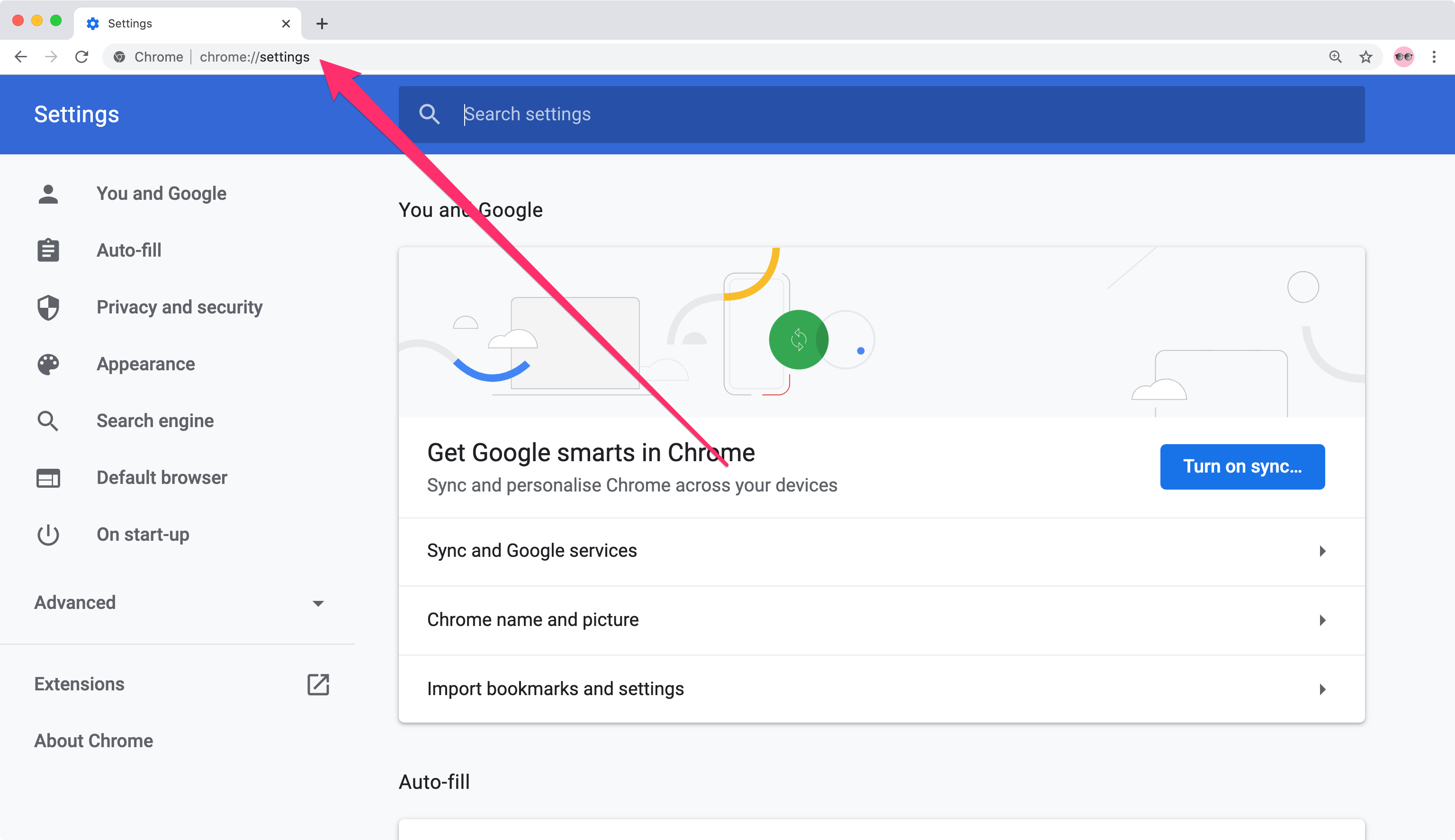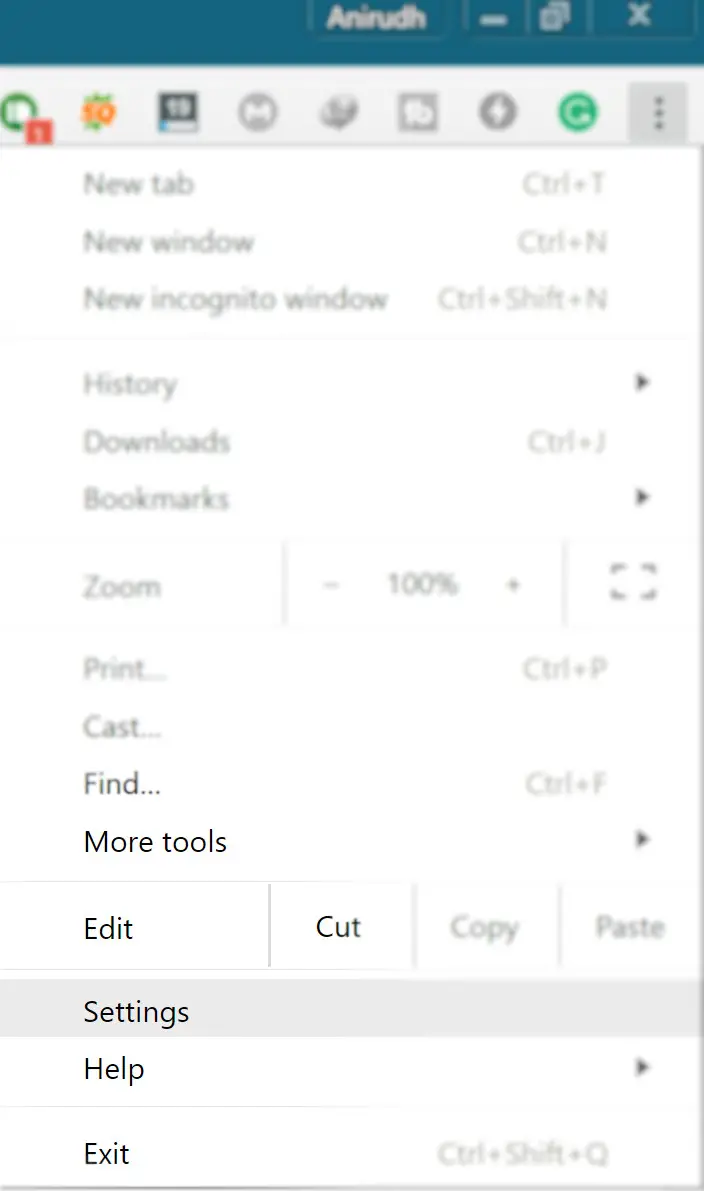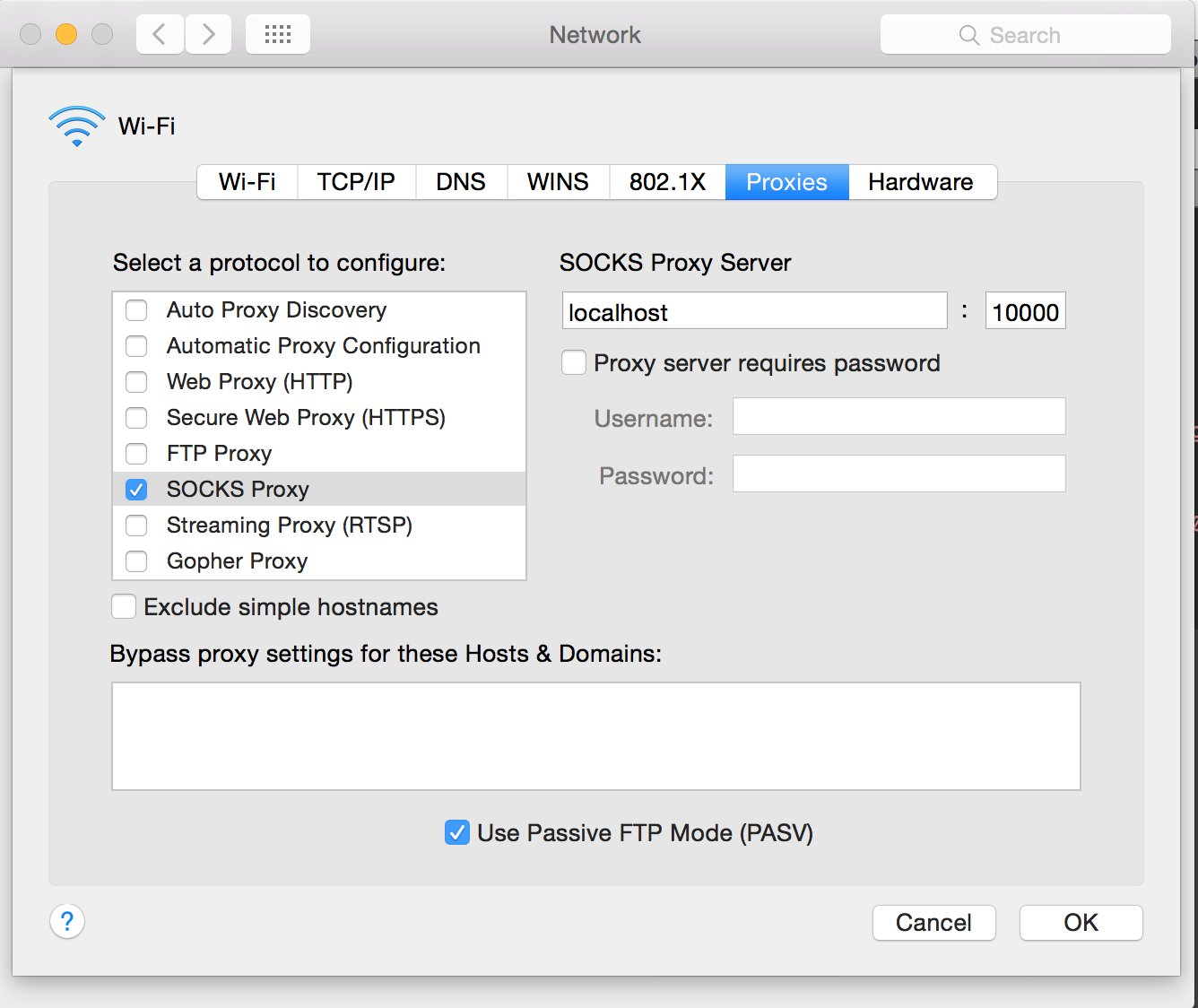

- #Change proxy https settings with chrome for mac manual#
- #Change proxy https settings with chrome for mac mac#
- #Change proxy https settings with chrome for mac windows#
#Change proxy https settings with chrome for mac manual#
Proxy credentials in manual proxy settings.The field next to it is where you set the proxy’s port number. Enter the hostname or IP address of the proxy server in the Web Proxy Server form field.In the example below, we’re providing settings for HTTP and HTTPS traffic. Under the ‘ Select a protocol to configure‘ list, check the protocol you want to set the proxy for.From Launchpad., open System Preferences.This can be done in the Network configuration screen, under System Preferences. In order for your desktop applications, such as Safari and Chrome, for example, you will need to tell them where to forward Internet traffic to. HttpsProxyServer=my.:8000Įvery new Terminal window should now have your proxy settings configured. Add the following contents to the file, replacing my.:8000 and my.:8000 with the URL and port of your proxy server.Open ~/.bash_profile into a text editor.When to use: When you need persistent proxy configurations between Terminal windows. We can enforce this by using the no_proxy environment variable.Įxport no_proxy=localhost,127.0.0.1,*.my.company.lan

Typically, all local network traffic should go directly to its destination.

Instead, we’ll need to set a few environment variables: http_proxy, https_proxy, and no_proxy. Unfortunately, the proxy settings set in System Preferences won’t apply here. Terminalĭevelopers, DevOps, and administrators spend a lot of their time in Terminal. However, anything executed from a terminal window may require alternative settings. Desktop applications use the network settings found under System Preferences. Proxies can be configured a number of ways, depending on your needs.
#Change proxy https settings with chrome for mac mac#
Of course, the network itself usually will not tell you to do so, so we’ll need to tell our Mac to use them. These networks typically funnel all Internet-bound traffic through a number of proxy servers.Īny application that requires Internet access will need point traffic towards them.
#Change proxy https settings with chrome for mac windows#
Once the domain of Windows clients, more MacBooks and iMacs are finding their way onto small business and corporate networks.


 0 kommentar(er)
0 kommentar(er)
